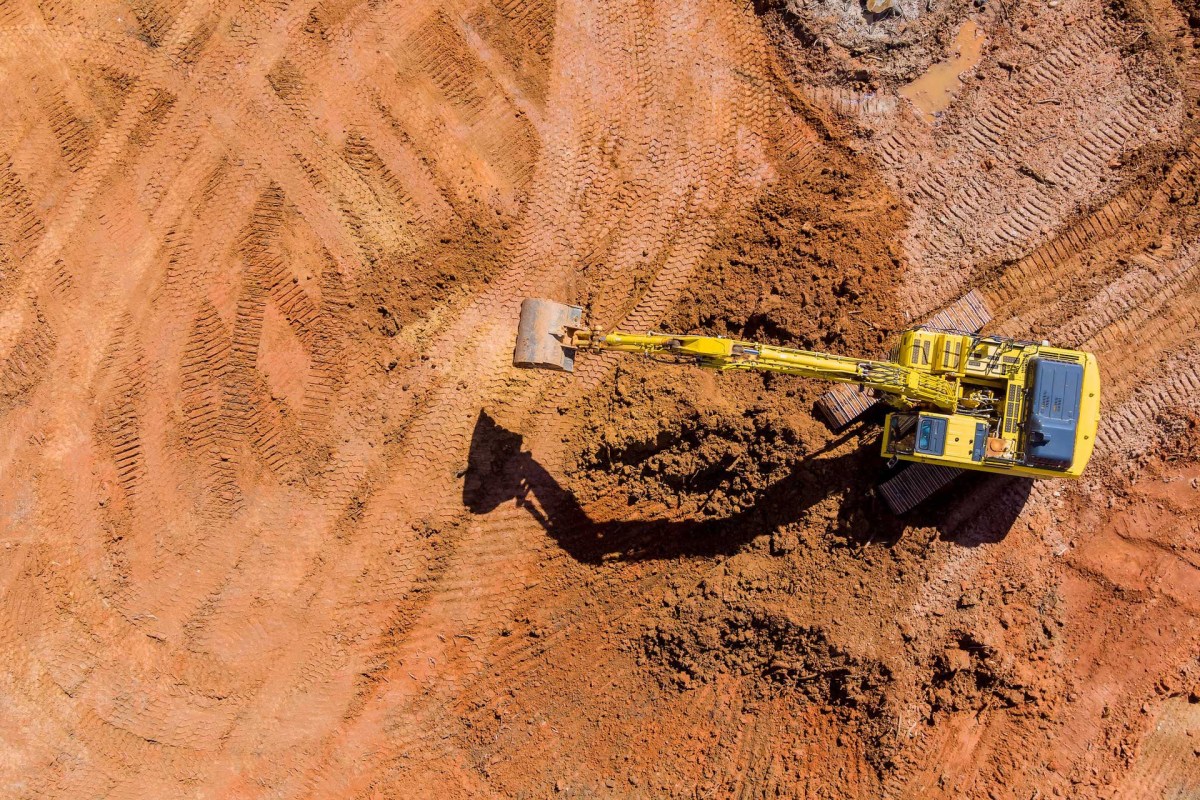A small town in central Utah is set to be the home of a new underground "battery" that will store hydrogen as a clean energy source.
According to The New York Times, developers are creating two caverns as deep as the Empire State Building is tall from a geological salt formation near Delta, Utah. These caverns, which are expected to be complete next year, will be able to store hydrogen gas.
The hydrogen will be produced nearby through a process called electrolysis. This will be done using excess solar and wind power in spring and fall, when demand for energy is low. Then it can be stored until peak energy demand hits in the summer — at that time, it would be burned at a power plant as a blend of hydrogen and natural gas.
The burning of hydrogen does not release planet-warming pollution, but it's unclear just how eco-friendly the new plant will be. The amount of pollution produced will depend on the hydrogen/natural gas ratio used.
Nonetheless, the new facility will help clean up the air for local residents as it replaces a coal plant. Exposure to pollution from the burning of coal contributes to respiratory illnesses, neurological and developmental damage, and lung disease, according to the U.S. Energy Information Administration.
Investments in clean energy sources, such as hydrogen produced with renewable energy, are also crucial to slow down the overheating of our planet. While the burning of hydrogen releases no planet-warming pollution, coal, oil, and gas are the biggest contributors, accounting for over 75% of global planet-warming pollution and nearly 90% of all carbon dioxide released into the atmosphere, per the United Nations.
If burning coal or gas fuels it, hydrogen production can create pollution. However, the fuel becomes a clean storage resource, or "green hydrogen," when solar or wind energy powers its production, as will happen in Utah.
Green hydrogen as an alternative power source is gaining traction in the United States. For instance, a Texas factory is planning on producing green hydrogen that uses wind and sun as energy sources for the electrolysis process. It will be the largest facility of its kind in the U.S.
Meanwhile, the Biden administration recently announced $7 billion in funding for hydrogen projects across the country to jump-start production.
While the Utah project looks promising, it still has its challenges. Ilissa Ocko, a scientist at the Environmental Defense Fund, told the New York Times that getting to 100% hydrogen in the next 20 years would very likely require major facility upgrades or complete rebuilding.
"The costs can very easily add up when you make the adjustments that you need to the infrastructure," she told the publication. "There are so many complicating factors here that can make it very easily turn into something that is not beneficial to the climate."
Still, "It's a massive amount of storage," Jigar Shah, head of the Department of Energy's loan program office, told The Times, noting that the plant will complement other renewable energy projects in the West that together can produce surplus electricity in the spring and fall. "This is a great way to deal with all that excess supply."
Join our free newsletter for weekly updates on the coolest innovations improving our lives and saving our planet.









